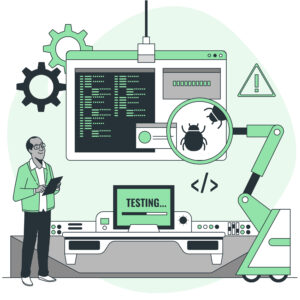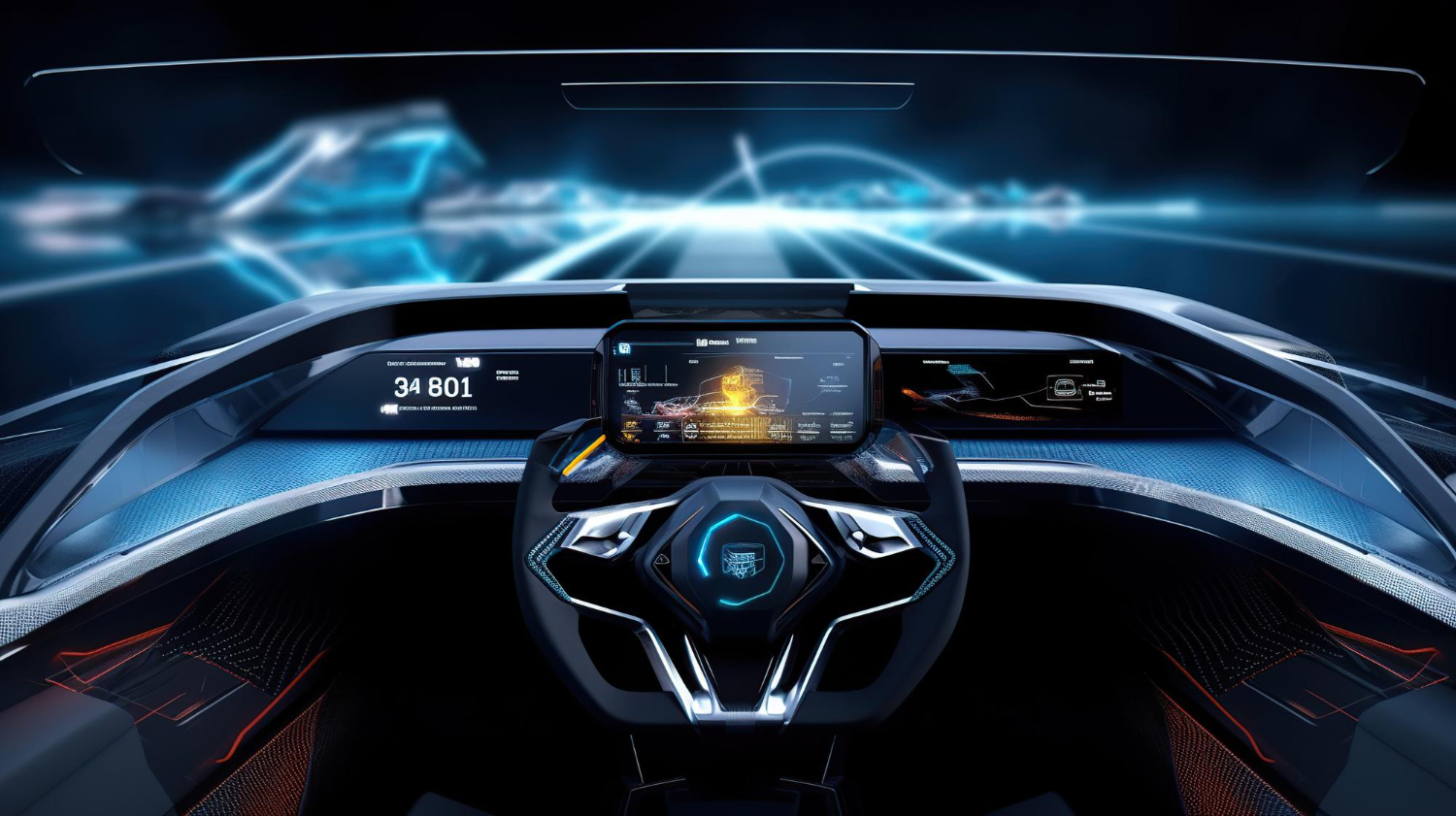info@smartbytestech.com
Improving Two-Wheeler Powertrain Efficiency and Emissions
Two-wheelers are an efficient and elegant means of transportation, yet their environmental footprint is an increasingly pressing issue. This case study is dedicated to enhancing fuel efficiency and curbing emissions in two-wheeler powertrain systems. Our approach involves harnessing cutting-edge technologies such as the AUTOSAR framework to create solutions that not only boost performance but also champion sustainability.
The main hurdles we face encompass inefficient fuel injection, the absence of intelligent engine management, subpar system integration and communication, restricted ride-by-wire throttle control, and the lack of comprehensive diagnostic and monitoring systems.

Objectives to be addressed:
- Improve fuel efficiency without compromising performance or ride quality.
- Reduce emissions to meet stringent environmental regulations.
- Enhance system integration and communication for optimal powertrain performance.
- Develop intelligent engine management algorithms for adaptive control.
- Implement ride-by-wire throttle control for precise and smooth throttle response.
- Establish comprehensive diagnostics and monitoring systems for proactive maintenance.
Solution Approach:
- Implementing AUTOSAR:
Utilize the AUTOSAR framework to develop standardized and modular software components for the powertrain system. This enables seamless integration, scalability, and efficient communication between Electronic Control Units (ECUs). - Advanced Fuel Injection System:
Develop an advanced fuel injection system that precisely controls fuel delivery based on engine parameters like RPM, throttle position, and temperature. This optimization of the fuel-air mixture ensures improved combustion efficiency and reduced fuel consumption. - Intelligent Engine Management:
Design and implement intelligent engine management algorithms that adaptively control ignition timing, valve timing, and other engine parameters. By considering various riding conditions, these algorithms optimize performance and fuel efficiency. - Ride-by-Wire Throttle Control:
Develop a responsive and reliable ride-by-wire throttle control system using AUTOSAR. This system replaces mechanical throttle cables with electronic throttle actuators, ensuring precise and smooth throttle response while complying with safety requirements.

Diagnostics and Monitoring:
Implement a comprehensive diagnostics system that continuously monitors the powertrain system’s performance. By integrating advanced diagnostic algorithms, sensors, and actuators, this system detects faults and provides timely feedback for proactive maintenance and troubleshooting.
- Sensor integration for data collection on temperature, pressure, voltage, current, and speed.
- Implement advanced fault detection algorithms for identifying abnormalities.
- Real-time monitoring of critical powertrain components and subsystems.
- Data logging and storage for further analysis and troubleshooting.
- Generation of fault codes or error messages for quick identification.
- Proactive maintenance notifications based on thresholds or predictive analytics.
- Remote monitoring and telemetry for off-site analysis and troubleshooting.
- Integration with existing service tools and software for efficient diagnostics.
- Continuous improvement and updates to enhance fault detection capabilities.
Tools and Technologies:
Autosar, Matlab/Simulink, GT Suite, INCA, CANape, LabviewRide, HIL Testing and SIL Testing, OBD-II Scan tools, and Calibration Tools for Sensor measuring and adjusting engine parameters
6. Conclusion:
By addressing the challenges and implementing the proposed solutions, two-wheeler powertrain systems can achieve improved fuel efficiency and reduced emissions, contributing to a more sustainable and eco-friendly mode of transportation. Utilizing AUTOSAR and advanced tools and technologies enhances the development, integration, calibration, and validation processes, ensuring
the success of these solutions. This case study demonstrates the potential for advancements in the automotive industry to make a positive environmental impact while maintaining optimal performance and rider experience.

